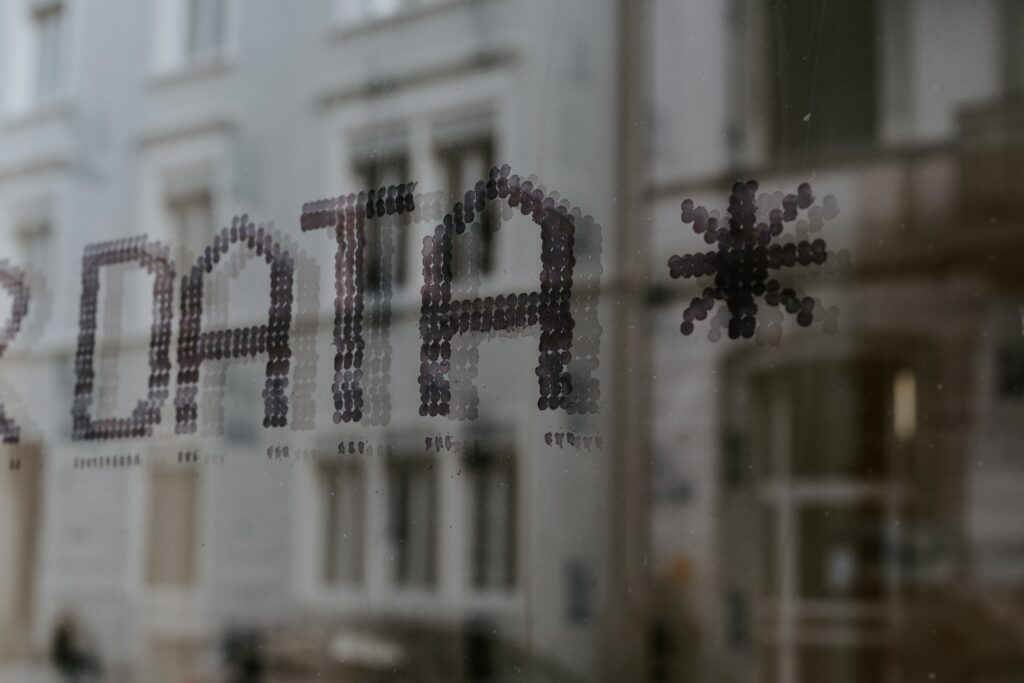
An open access repository stores digital objects and makes them available, with their descriptive documentation, and downloadable. It’s accessible and interoperable through a OAI-PMH protocol and it deploys a long-term archiving policy.
Open access repositories can be divided into:
- Subject specific repositories – to identify discipline-specific repositories, use Re3Data
- Institutional repositories (like Data@UNIMI)
- Generic repositories – to select the right generic repository, use the Generalist Repository Selection Flowchart
Another useful starting point to browse for repositories suited for your research data can be FAIRsharing
Criteria for the selection of a data repository
- Is long-term preservation guaranteed or not? Look for the condition of long term preservation
- Does the repository assign/include PIDs? For example DOI or handle (dataset) or ORCID (researchers) and ROR (institutions).
- Where is the location of the repository? Important for the data protection law.
- Are there any storage costs involved and what are they? Costs should be taken into consideration in your Data management plan.
- Does the repository have a clear policy and easy findable terms and conditions? Important for granting access and reuse
- Is there descriptive metadata accompanying the datasets? Metadata make data findable, interoperable and understandable
- What is the default license? For example in UNIMI Dataverse the default license is CC 0 but other licenses are allowed
- Is the repository certified? For example the Coretrustseal
Data Journals
It makes sense to consider to publish your dataset in a peer-reviewed data journal. This will improve the transparency of the adopted methods and results.
Examples of generic data journals:
Examples of disciplinary data journals:
